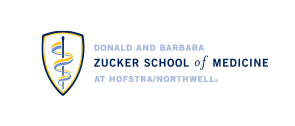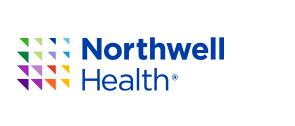Publication Date
2018
Journal Title
JAMA Neurol
Abstract
© 2017 American Medical Association. All rights reserved. Importance: Unruptured intracranial aneurysms (UIAs) are relatively common in the general population and are being increasingly diagnosed; a significant proportion are tiny (≤3 mm) aneurysms. There is significant heterogeneity in practice and lack of clear guidelines on the management of incidental, tiny UIAs. It is important to quantify the implications of different management strategies in terms of health benefits to patients. Objective: To evaluate the effectiveness of routine treatment (aneurysm coiling) vs 3 strategies for imaging surveillance compared with no preventive treatment or routine follow-up of tiny UIAs. Design, Setting, and Participants: A decision-analytic model-based comparative effectiveness analysis was conducted from May 1 to June 30, 2017, using inputs from the medical literature. PubMed searches were performed to identify relevant literature for all key model inputs, each of which was derived from the clinical study with the most robust data and greatest applicability. Analysis included 10 000 iterations simulating adult patients with incidental detections of UIAs 3 mm or smaller and no history of subarachnoid hemorrhage. Interventions: The following 5 management strategies for tiny UIAs were evaluated: annual magnetic resonance angiography (MRA) screening, biennial MRA screening, MRA screening every 5 years, aneurysm coiling and follow-up, and no treatment or preventive follow-up. Main Outcomes and Measures: A Markov decision model for lifetime rupture was constructed from a societal perspective per 10 000 patients with incidental, tiny UIAs. Outcomes were assessed in terms of quality-adjusted life-years. Probabilistic, 1-way, and 2-way sensitivity analyses were performed. Results: In this analysis of 10000 iterations simulating adult patients with a mean age of 50 years, the base-case calculation shows that the management strategy of no treatment or preventive follow-up has the highest health benefit (mean [SD] quality-adjusted life-years, 19.40[0.31]). Among the management strategies that incorporate follow-up imaging, MRA every 5 years is the best strategy with the next highest effectiveness (mean [SD] quality-adjusted life-years, 18.05 [0.62]). The conclusion remains robust in probabilistic and 1-way sensitivity analyses. Noroutine follow-up remains the optimal strategy when the annual growth rate and risk of rupture of growing aneurysms are varied. When the annual risk of rupture of nongrowing UIAs is less than 1.7%(0.23% in base case scenario), no follow-up is the optimal strategy. If annual risk of rupture is more than 1.7%, coiling should be performed directly. Conclusions and Relevance: Given the current literature, no preventive treatment or imaging follow-up is the most effective strategy in patients with aneurysms that are 3mm or smaller, resulting in better health outcomes. More aggressive imaging surveillance for aneurysm growth or preventive treatment should be reserved for patients with a high risk of rupture. Given these findings, it is important to critically evaluate the appropriateness of current clinical practices, and potentially determine specific guidelines to reflect the most effective management strategy for patients with incidental, tiny UIAs.
Volume Number
75
Issue Number
1
Pages
27 - 34
Document Type
Article
Status
Faculty
Facility
School of Medicine
Primary Department
Radiology
PMID
DOI
10.1001/jamaneurol.2017.3232


